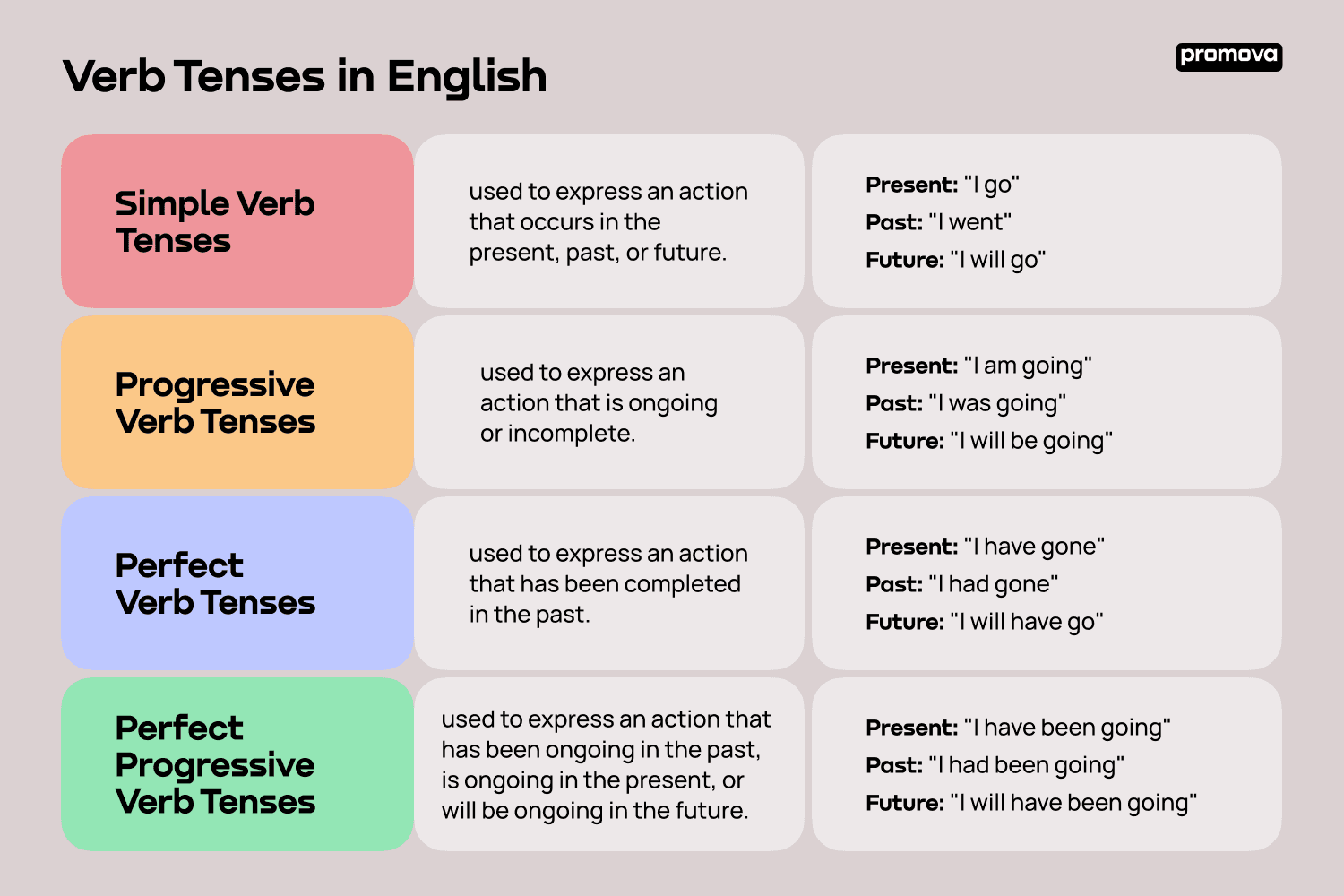Verb tenses are an important aspect of English grammar that indicate the time at which an action takes place. There are three main verb tenses: past, present, and future. Each tense has its own set of rules and uses, which can sometimes be confusing for English learners.
In this article, we will explore some examples of different verb tenses to help you understand how they are used in sentences.
Past Tense Examples
The past tense is used to describe actions that have already happened. For example:
- I played basketball yesterday.
- She studied for her exam last night.
- We visited the museum last weekend.
These examples show how past tense verbs are formed by adding “-ed” to the base form of regular verbs.
Present Tense Examples
The present tense is used to describe actions that are happening now or regularly occur. For example:
- He works at a bank.
- They play tennis every Saturday.
- She reads a book every night before bed.
These examples demonstrate how present tense verbs typically do not have any additional endings added to them.
Future Tense Examples
The future tense is used to describe actions that will happen in the future. For example:
- We will go to the beach next weekend.
- She is going to study for her test tomorrow.
- They are meeting for lunch later today.
These examples show how future tense verbs are formed using auxiliary verbs like “will” or “going to” in combination with the base form of the main verb.
In conclusion, understanding verb tenses is essential for effective communication in English. By practicing and using examples like the ones provided in this article, you can improve your skills in using past, present, and future tenses correctly in sentences.
